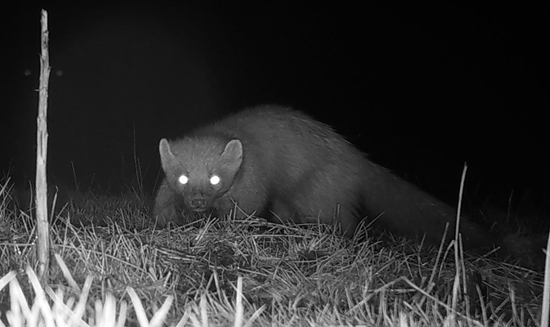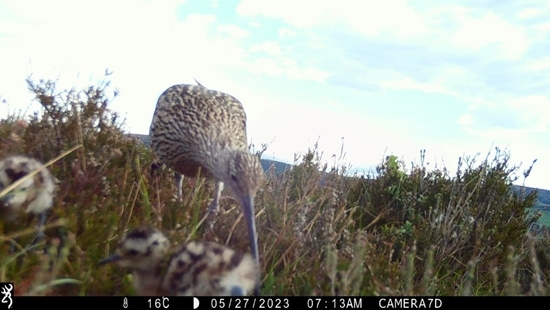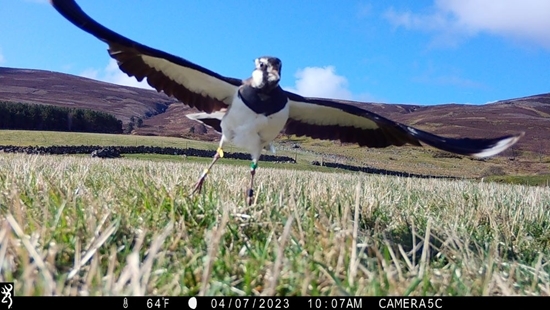
By Max Wright, Research Assistant at Auchnerran
Well, that’s everything done at our Scottish demonstration farm for another year! Another busy breeding season for the waders is winding down and coming to a close. While we had large numbers of returning birds (with a maximum pre-breeding count of 164 lapwing, larger than both the 2021 & ’22 seasons), we did have fewer nests than in previous years. While we have yet to investigate the reasons for this, many stakeholders local to the farm reported fewer returning birds, which could in part be due to the devastating impacts of Avian Influenza over the last couple of years.
It’s possible this meant that as one of the larger remaining populations of lapwing, the farm became a pool for birds from neighbouring areas before they dispersed to nest. Moreover, we again recorded high rates of predation on the nests, with a total of 16 nests failing due to predation. Of these we also recorded some less commonly observed nest predators at GWSDF, including a couple of pine marten.

Predation Pressures and Surprising Nest Predators at GWSDF
However, despite the initial gloom of fewer nests than in previous years we still recorded 91 nests, of which we had 63 lapwing, 21 oystercatcher, 5 curlew, as well as 2 snipe we stumbled across! Given the available nesting area for lapwing and oystercatcher is around 200ha, which means that our lower nest numbers this year still come out to an oystercatcher or lapwing nest every 2.4ha.
This is slightly different for curlew and snipe as both tend to favour denser rush-dominated areas for nesting; unlike lapwing and oystercatcher which both seem to prefer nesting in shorter sward or on barer ground. Moreover, we did also manage to metal, and colour ring several lapwing in addition to metal ringing several oystercatcher chicks also. This should allow us to identify some of the individuals that return to breed when we pick them up on our trail cameras and give us a better insight into the life histories of the waders breeding here at GWSDF.
Nest Counts and Nesting Preferences: Insights into Wader Populations
Finally, and more crucially, the fledged chick counts from the 2023 breeding season here on the farm have still been very strong, despite the usual predator-based challenges the nests and chicks face. We recorded counts of 49 fledged lapwing, 13 fledged oystercatcher and 5 fledged curlew chicks from the nests on site.

By using the first attempt nest counts as a proxy for pairs, this means our lapwing have fledged 0.94 chicks per pair, well above the 0.7 fledged chicks per pair required to maintain a population. This means these fledged birds are contributing to population growth, and so hopefully we will be able to see a recovery in the number of nests and birds returning to GWSDF to breed over the next few years.
Despite a more challenging year for oystercatcher (0.65 chick(s) per pair), due to their longer life cycles this still falls within the minimum bound for maintaining a population. Moreover, the curlew have had a very good year, with the five fledged chicks accounting for 1.00 chick(s) per pair, which again indicates the fledged chicks from this year are likely adding to the population. This is despite us finding fewer nests on site this year, as based on adult behaviour we believe a few of the birds may have migrated off the farm and further up the hill when nesting.

The Importance of Monitoring and Conservation Efforts
All told the challenges the waders face highlight the continued importance of our monitoring work, which informs the research undertaken to better inform our conservation practices. This is even more pressing with the arrival of newer and novel threats such as bird flu, or with unusual weather patterns perhaps influencing novel predation pressures, as in 2021. It is therefore vital that our research continues to develop the necessary practical conservation measures, so that we can ensure these magnificent birds stick around for future generations to come.